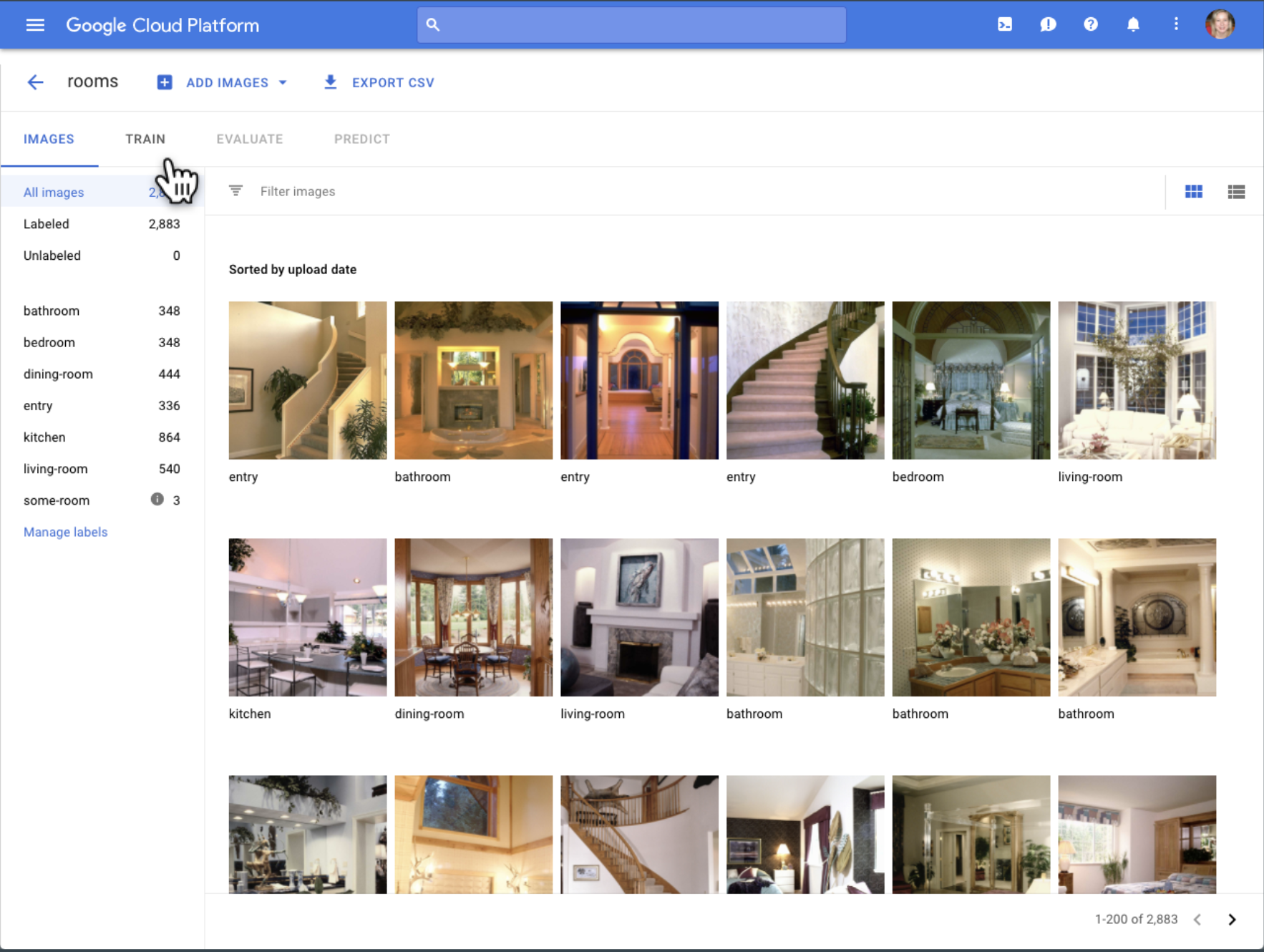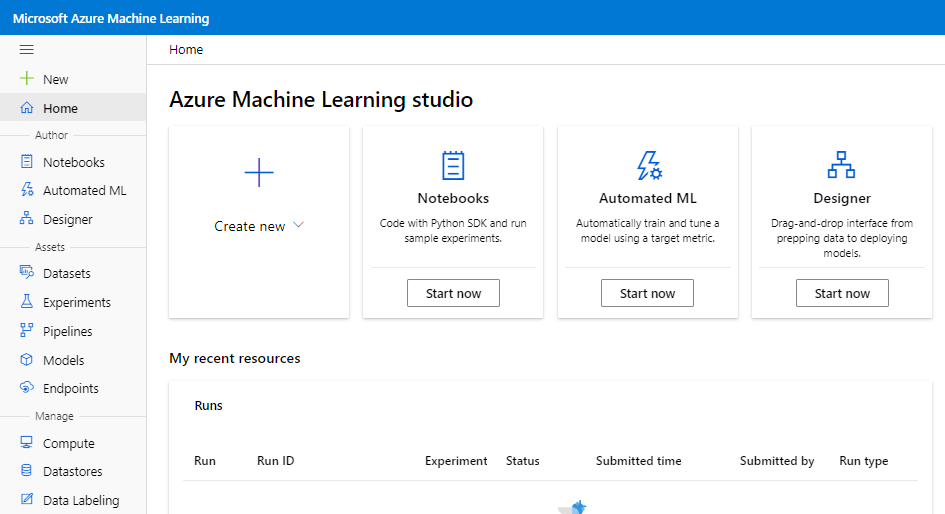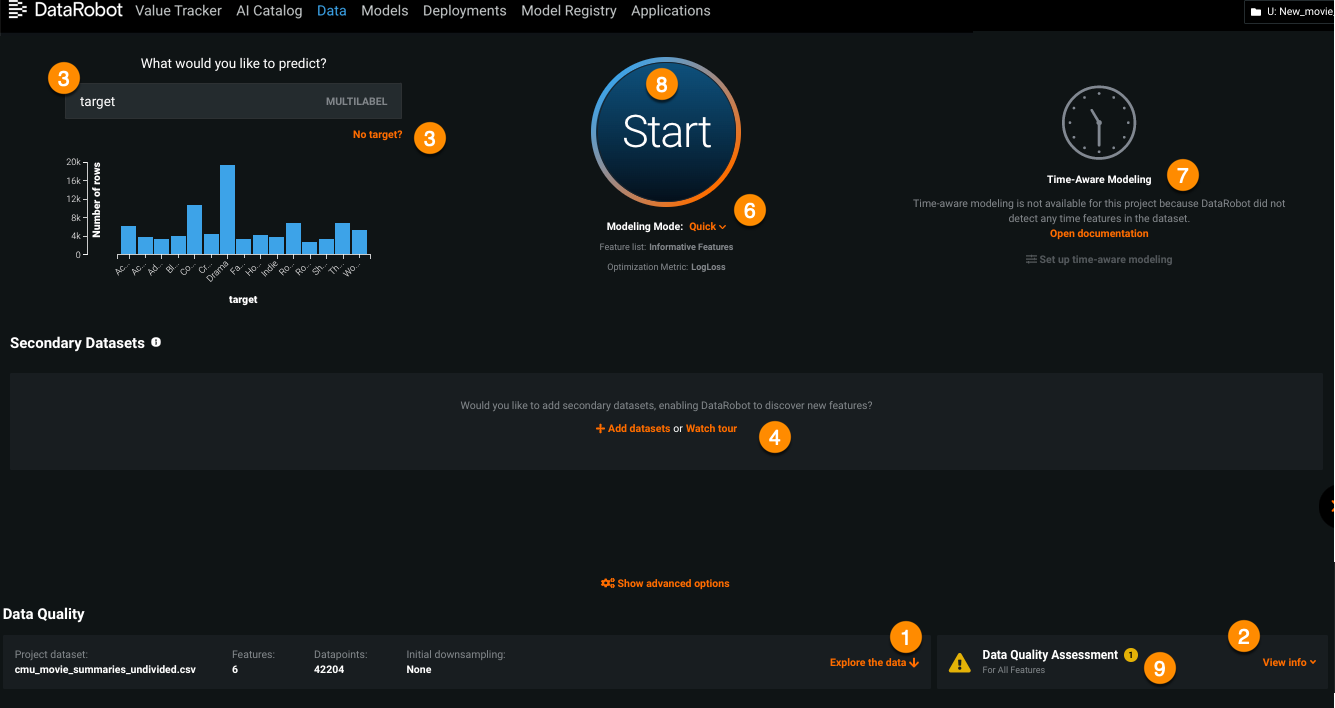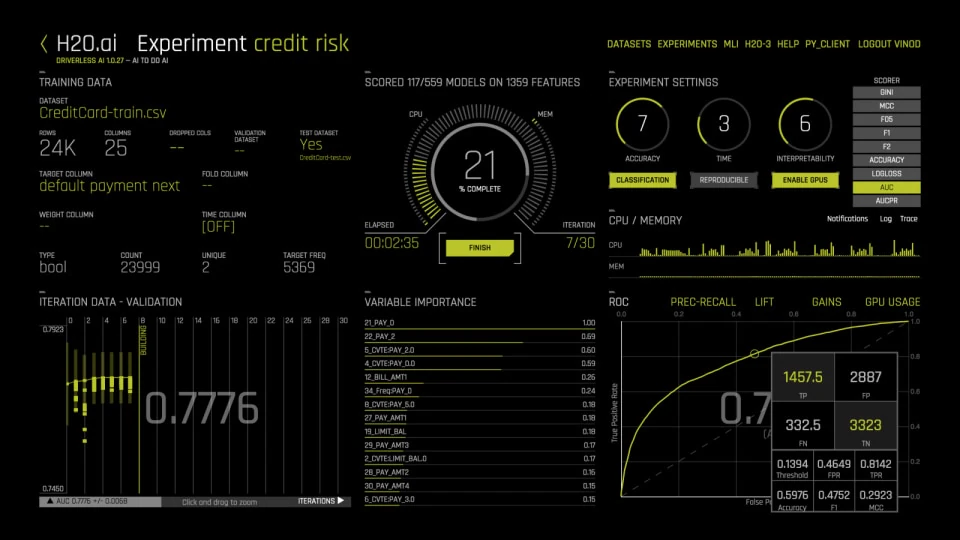A 6 min read
Artificial intelligence is no longer the exclusive domain of data scientists and IT experts. Today’s business leaders, regardless of their technical backgrounds, can tap into the power of AI through automated machine learning (AutoML) platforms. These solutions simplify the development and deployment of AI models by automating complex processes such as data preparation, model training, and hyperparameter tuning. In this article, we explore six standout AutoML platforms that empower your everyday operations, grouped into three categories, each designed to meet different business needs.
By exploring cloud-based solutions, enterprise-grade tools, and no-code/low-code platforms, you’ll gain insight into how these technologies can streamline operations, boost efficiency, and enable smarter decision-making. Whether you’re looking to integrate AI into your existing systems or start a digital transformation journey, these platforms offer flexible, scalable, and accessible options that empower everyday operations.
Cloud-Based AutoML Platforms
Cloud-based platforms offer the advantage of robust infrastructure, scalability, and seamless integration with a host of cloud services. This section covers two leading options in this category.
1. Google Cloud AutoML
Google Cloud AutoML is a flexible, powerful cloud-based
machine learning service that simplifies the creation of custom AI models. It
enables businesses to efficiently analyze images, text, and structured data
with minimal coding. The platform leverages advanced neural network
architectures and Google’s vast infrastructure, making it accessible to users
without deep AI expertise while providing robust scalability and seamless
integration with other Google Cloud services.

Google Cloud
Key Features:
Scalable
integration with Google Cloud’s ecosystem.
Minimal
coding required thanks to an intuitive interface.
Support
for diverse data types including images, text, and structured data.
Google
Cloud AutoML empowers businesses by simplifying complex machine learning tasks
into accessible, scalable solutions. Its seamless integration with Google Cloud
services and support for diverse data types drives efficiency, innovation, and
informed decision-making. Ultimately, it unlocks AI’s potential for everyday
business users, fostering sustainable strategic growth and competitive
advantage.
2. Microsoft Azure Machine Learning (AutoML)
Microsoft
Azure Machine Learning (AutoML) is a cloud-based service that automates the
model development process. It streamlines data preparation, feature
engineering, model selection, and hyperparameter tuning, making advanced
machine learning accessible to non-experts. Designed with user-friendliness in
mind, it seamlessly integrates with Azure’s cloud ecosystem, enabling
businesses to build and deploy high-quality AI solutions with minimal manual
intervention.
Key Features:
A
user-friendly interface that supports scalability and flexibility.
Microsoft Azure Machine Learning (AutoML) streamlines
complex AI tasks into an easy-to-use, efficient platform ideal for business
applications. By automating data preparation, modeling, and tuning, it enables
non-experts to harness advanced machine learning capabilities. It ultimately
drives smarter operational decisions and accelerates digital transformation
across organizations with remarkable efficiency.
Enterprise and Specialized Automated ML Platforms
For enterprises needing robust, end-to-end solutions which are more for Data Scientists, specialized AutoML platforms offer comprehensive automation coupled with enhanced interpretability and scalability. Wewill consider them here to help give some background to this idea. In this group, we consider two options.
3. DataRobot
DataRobot is a robust enterprise-grade platform that
automates the complete lifecycle of machine learning model development. It
guides Data Analysts through data pre-processing, model selection, training, and
deployment with minimal manual intervention. DataRobot offers advanced
interpretability, speed, and scalability, making it an ideal choice for
organizations seeking reliable.
Key Features:
End-to-end automation of the
machine learning lifecycle.
In-depth model interpretability
and analytics.
Scalable deployment and enterprise integration.
DataRobot transforms the traditionally complex and time-consuming process of model development into a highly efficient and automated system. By significantly reducing technical barriers, it enables businesses to focus on strategic initiatives.
4. H2O.ai
H2O.ai presents its flagship solution, Driverless AI, designed to automate the
end-to-end machine learning process. It simplifies tasks such as feature
engineering, model selection, and hyperparameter tuning, allowing both novices
and seasoned data scientists to develop high-performing models with ease.
Utilizing cutting-edge algorithms and a focus on interpretability, the platform
converts raw data into valuable, actionable business insights quickly and
efficiently.
Key Features:
Automated feature engineering and model selection.
User-friendly interface suitable for both experts and
novices.
Rapid conversion of raw data into actionable insights.
H2O.ai’s Driverless AI revolutionizes how enterprises leverage machine learning by automating key data science tasks. Its robust, intuitive approach enables rapid development of high-accuracy models without deep technical intervention. Ultimately, H2O.ai empowers organizations to gain valuable insights, drive innovation, and maintain a competitive edge in a data-driven marketplace.
No-Code/Low-Code AI Platforms
No-code/low-code platforms are designed to bring AI
capabilities to users without the complex and costly technical expertise. These
tools leverage intuitive, visual interfaces to allow quick development and
deployment of models—empowering every business user to integrate AI into their
processes.
5. Qvantia
Qvantia is a cutting-edge no-code/low-code AI platform aimed at empowering business users to design their own AI workflows in just minutes, not months. It simplifies the design, development, and deployment of AI models by offering an intuitive, visual interface and automated workflows. With Qvantia, companies can quickly build AI workflows in what used to be a very expensive area to get started in.
Key Features:
Intuitive visual interface that eliminates the need for
coding.
Automated workflows expedite the model development process.
Rapid
deployment of AI solutions integrated into business operations, made easy.
Qvantia revolutionises the way every day users in a company engage with AI, making advanced machine learning tools easily accessible. Its no-code approach accelerates innovation and decision-making, ensuring businesses remain agile in today’s competitive market. Ultimately, Qvantia empowers organisations to drive
transformative insights and operational improvements, securing long-term
strategic growth.
6. Microsoft Lobe
Microsoft Lobe is a no-code, visual AI platform that democratizes machine learning for business users with little programming experience. It allows users to import
datasets, label images, and automatically train models using an intuitive
interface. Lobe streamlines AI integration into everyday business processes,
helping organizations leverage data-driven insights quickly. The platform also
offers helpful tutorials and resources, making it an attractive solution for
non-technical users.
Key Feartures:
Intuitive drag-and-drop interface for effortless model creation.
Automated training and continuous model refinement.
Comprehensive tutorials and resources for guided learning.
Microsoft Lobe simplifies complex machine learning processes into an accessible,
user-friendly experience. Its intuitive design and automated features make it
ideal for everyday business users, enabling quick integration of AI into
operational workflows. Ultimately, Microsoft Lobe fosters rapid innovation,
empowering organizations to harness data insights for smarter, more efficient
decision-making.
FAQ
Q1: What is AutoML, and why is it important for everyday
business users?
A: AutoML, or automated machine learning, is a technology that streamlines the traditionally complex process of building AI models. By automating tasks like data preparation, model training, and hyperparameter tuning, AutoML makes advanced analytics accessible to business users without deep technical expertise. This empowers everyday decision-makers to leverage AI for insights, efficiency improvements, and competitive growth.
Q2: How is new technology making AI more accessible to
business users?
A: Advances in AI, cloud computing, and user interface design have led to the development of intuitive platforms that abstract away the underlying technical complexity. With visual interfaces, drag-and-drop functionalities, and automated processes, these tools allow business users to deploy and manage AI models quickly and efficiently. This democratization of AI means that organizations of all sizes can benefit from data-driven insights without needing specialized technical skills.
Q3: What benefits do cloud-based AutoML platforms offer
to businesses?
A: Cloud-based AutoML platforms, like Google Cloud AutoML and Microsoft Azure Machine Learning, provide scalability, robust infrastructure, and seamless integration with other cloud services. These platforms enable businesses to handle large datasets and complex processing tasks efficiently, reduce upfront IT investments, and ensure rapid deployment and continuous updates—all essential for staying competitive in today’s dynamic market.
Q4: How do no-code/low-code AI platforms simplify the
model development process?
A: No-code/low-code platforms, such as Qvantia and Microsoft Lobe, remove the technical barriers associated with traditional AI development. By offering visual, user-friendly interfaces and automated workflows, these platforms enable non-technical business users to create, train, and deploy AI models without writing code. This ease of use accelerates innovation and allows every department within an organization to harness AI for everyday challenges.
Q5: Why does Qvantia stand out in the crowded AutoML
market?
A: Qvantia distinguishes itself by specifically targeting companies who want their business users to start utilising the power of AI in their day-to-day workflows, without the expensive overheads associated to implementing a team of tech specialists. Its intuitive visual interface and highly automated workflows allow users to design, build,
and deploy custom AI models rapidly. With a strong focus on operational integration and efficiency, Qvantia empowers organizations to achieve actionable insights and immediate improvements in business processes, making it a standout choice for businesses seeking a user-friendly yet powerful AI solution.
Q6: How can embracing AutoML benefit my business in the
long run?
A: By embracing AutoML, businesses can accelerate decision-making with actionable data insights, reduce dependency on specialized technical teams, and streamline core operations. This not only fosters innovation and cost efficiency but also enables companies to adapt more quickly to market changes. Overall, AutoML serves as a strategic asset, driving sustainable growth and maintaining competitive advantage in a data-driven world.
Our low-code and no-code platform allows anyone to create and manage their own AI solutions without any of the expensive overheads. Checkout Qvantia's products
Speak to Qvantia today, always happy to help - info@qvantia.com
Qvantia - AI Insights






